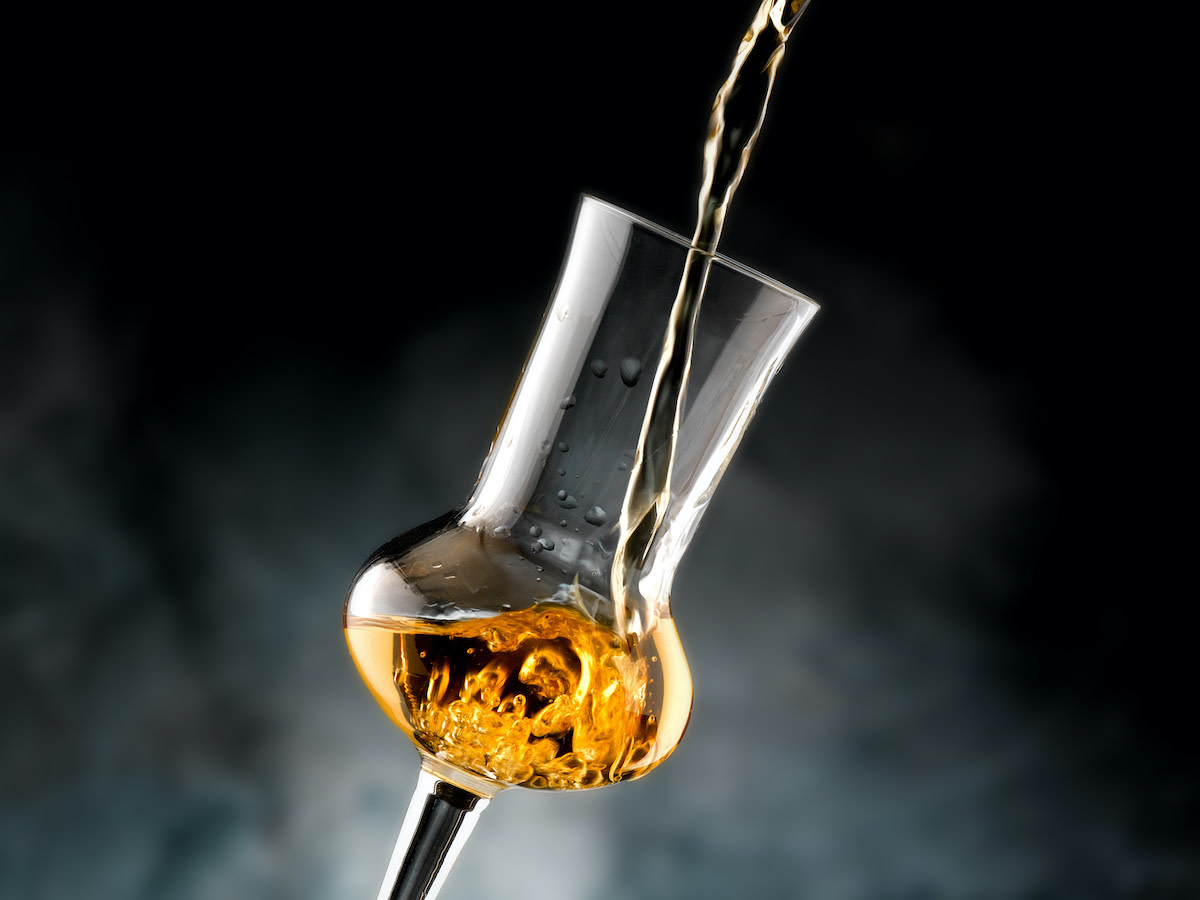What Is Grappa? How to Drink the Italian Liquor
Written by MasterClass
Last updated: Apr 28, 2022 • 3 min read
A glass of grappa is an Italian after-dinner drink. Consisting of grape pomace—the stems, seeds, and skins winemakers discard—this alcoholic beverage packs a fiery punch and helps its consumers digest big meals. Learn more about what grappa is and how to serve it.
Learn From the Best
What Is Grappa?
Grappa is an alcoholic grape pomace (or “vinaccia”) drink specific to Northern Italy made from discarded grape stems, seeds, and skins. Although historians once believed it originated in the city of Bassano del Grappa as early as the second century, experts now believe this drink actually became popular between the fourteenth and seventeenth centuries.
In the European Union, grappa must specifically use grapes and come from Italy, San Marino, or the Italian areas of Switzerland to earn the name “Italian grappa.” By contrast, in the United States, “grappa” might refer to grape pomace brandy from any region of the world.
Acquavite d’uva, a drink that requires distilling pomace alongside grape juice, is a close cousin of this digestif (or after-dinner drink) but is not exactly the same as grappa. Similarly, people might use pomace from plums or other fruits to make drinks similar to grappa in taste with a slightly different flavor profile.
How Do Distillers Make Grappa?
After the winemaking process, distillery workers use the leftover pomace (grape skins, seeds, and stems) to make grappa. The fermentation and distillation process utilizes steam-injected alembics (distilling equipment) rather than water-based alternatives.
Grappa producers without access to steam-powered equipment can instead use fire to distill grappa. Producers must leave water entirely out of the process for the drink to truly be grappa.
What Does Grappa Taste Like?
A nickname for grappa is “firewater,” and the beverage has more of a bite to its flavor profile than you might expect from a drink made with wine leftovers. It’s closer to tequila than grape juice in its powerful aroma and taste. The high alcohol by volume (ABV) in straight grappa overpowers most other flavors—most grappas range from thirty-five to sixty percent alcohol content. You might notice slight flavor differences based on the age or type of grapes in the grappa.
How to Drink Grappa: 5 Tips
Grappa is a pleasant and potent alcoholic treat to spruce up a meal. Keep these tips in mind as you set out to serve a quality grappa to friends and family:
- 1. Cleanse your palate between tastings. If you plan to try multiple types of grappa, use something to cleanse your palate after each sip. Pistachio nuts or seltzer water are options. There are many different grape varieties and aging protocols for various grappa brands and all have distinct flavor notes. Follow the same process if you plan to try grappa alongside other alcoholic beverages.
- 2. Mix grappa with a cocktail. Although it’s common to enjoy grappa as a straight shot, you can combine it with a liqueur or other ingredients to make a special cocktail all your own. In this scenario, forgo the traditional tulip-style grappa glass and substitute a small glass capable of fitting copious amounts of ice.
- 3. Pair grappa with espresso. An aromatic grappa pairs well with the smell and taste of coffee or espresso. Pour a few drops of the grape pomace drink into your espresso to create an on-the-spot caffè corretto or “corrected coffee.” Alternatively, drink your espresso first and then down a shot of grappa as an ammazzacaffè (or “coffee killer”). The Northern Italian town of Veneto boasts yet another similar tradition: Finish your espresso and then pour grappa into the same cup as a resentin (or “little rinser”). Sip the remnants to ensure nothing goes to waste.
- 4. Serve grappa after dinner. Traditionally, grappa is a digestif (or an after-dinner drink). Serve it as a stronger alternative to a fruity dessert wine for guests who prefer stiffer drinks. To call attention to grappa’s relationship to wine, serve a red wine—like cabernet sauvignon or Amarone—with dinner and bring out the grappa for dessert.
- 5. Try different ages of grappa. The length of time a grappa ages can change the color, flavor, and intensity of the drink. For example, aged grappas—such as grappa stravecchia or riserva—look more like a cognac after spending a lot of time in an oak or acacia barrel.
Learn More
Want to learn more about the culinary arts? The MasterClass Annual Membership provides exclusive video lessons from the world’s best chefs and wine critics, including James Suckling, Lynnette Marrero, Ryan Chetiyawardana, Gabriela Cámara, Gordon Ramsay, Massimo Bottura, and more.
